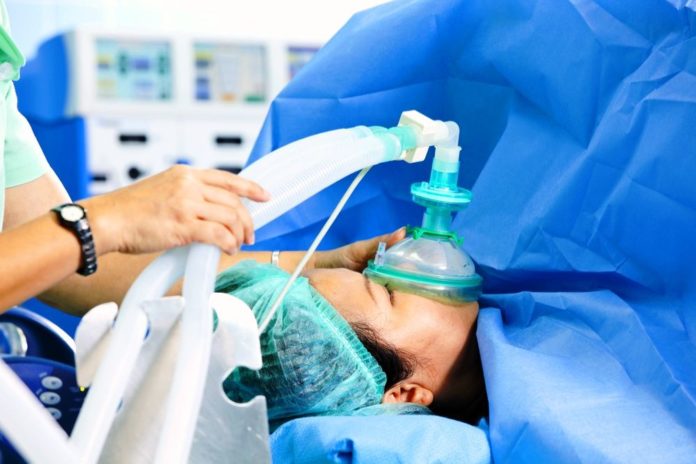Global market value for positive airway pressure (PAP) devices, currently estimated at US $1.8 billion, is expected to expand to US $ 3.5 billion by 2028, at a compound annual growth rate (CAGR) of 7.7%, according to GlobalData.
The company’s report, ‘Positive Airway Pressure Devices – Anesthesia & Respiratory Devices Market Analysis and Forecast Model’, reveals that growth will be driven by the shift in patient care from hospital to home, increasing prevalence of obstructive sleep apnea (OSA) and chronic obstructive pulmonary disease (COPD).
PAP devices, most commonly used in hospitals and long-term care facilities, are becoming increasingly popular in home settings. However, they are not designed to be life-support devices and are not intended to replace advanced mechanical ventilators. PAP devices are there to improve nocturnal alveolar hypoventilation for patients with COPD or OSA.
Tina Deng, medical devices analyst at GlobalData, comments, “Non-invasive ventilation at home improves the quality and tolerance of the treatment. Additionally, it can reduce healthcare costs associated with the management of patients with severe COPD by greatly increasing the time between hospital readmissions.”
The market is also being driven by product innovation, which is further driving the adoption of PAP devices in home settings. As patient compliance has been a significant factor in the efficacy of PAP treatment, products with improved patient comfort and compliance have been developed. These include more comfortable patient interface systems; delay timers that gradually raise air pressure allowing the patient to fall asleep more easily; bi-level air devices, including variable positive airway pressure systems, which provide different air pressures for inhalation and exhalation; heated humidification systems to make the airflow more comfortable; and auto titration devices that reduce the average pressure delivered during the night. Furthermore, the size of the devices becomes smaller to allow patients to use in travel.
Tina concludes, “Home care usage of PAP devices will be more prevalent as the home care devices ease the burden of healthcare systems and improve the patients’ compliance by developing products that are more user-friendly and effective. With the increasing awareness of diseases and devices, the home market of PAP devices will be experiencing a robust growth globally in the forecast period.”









